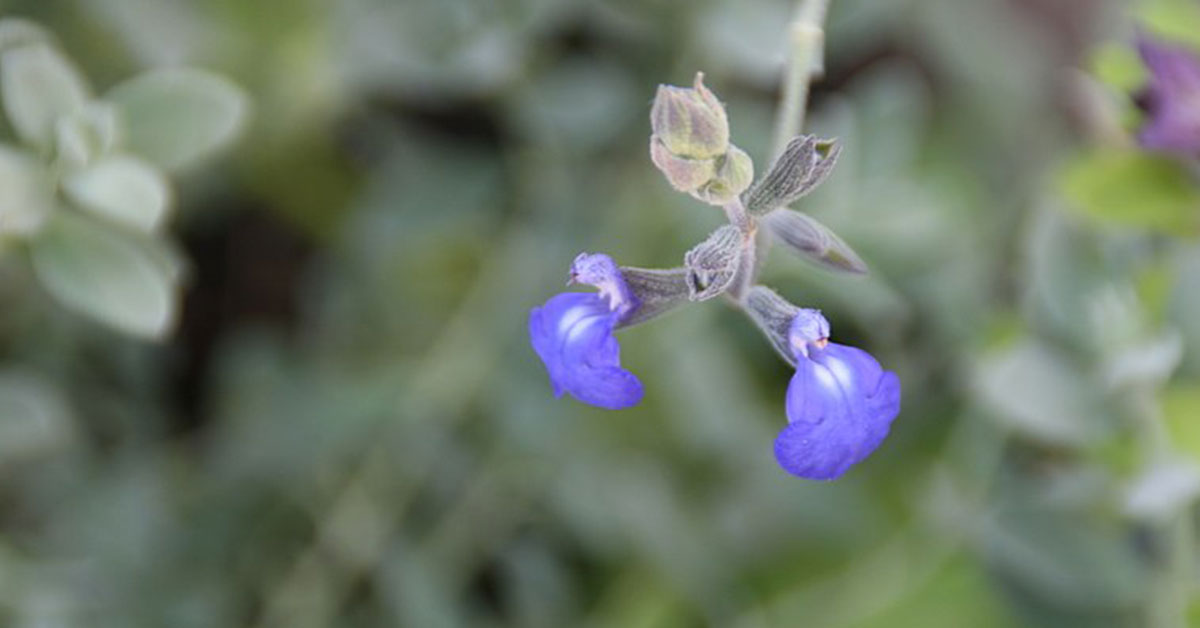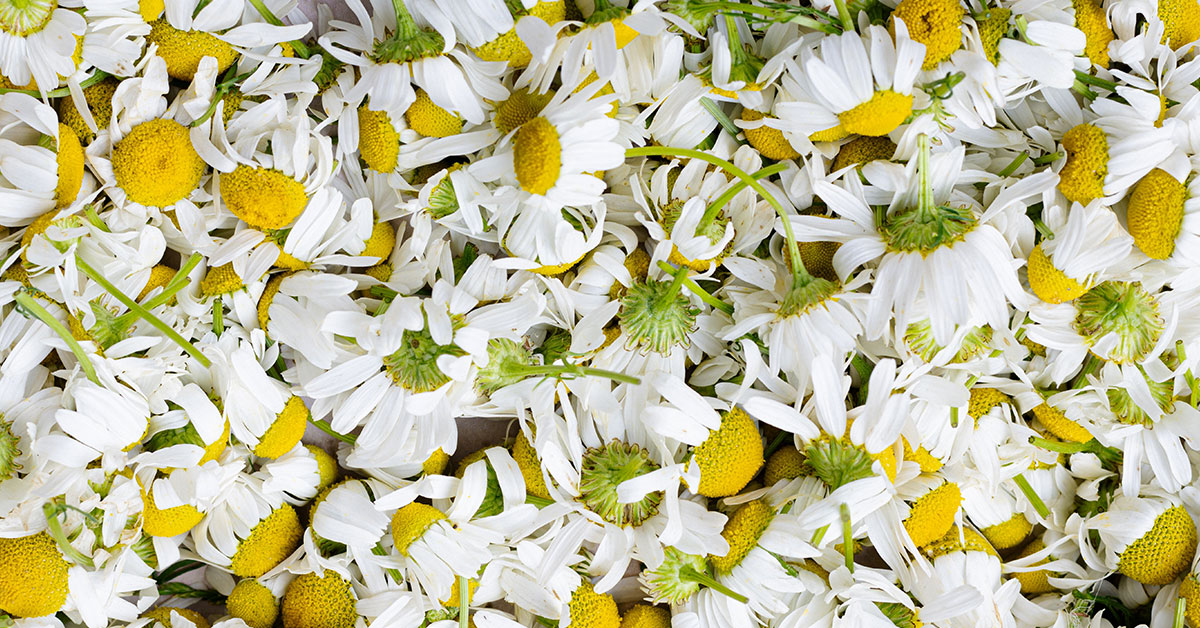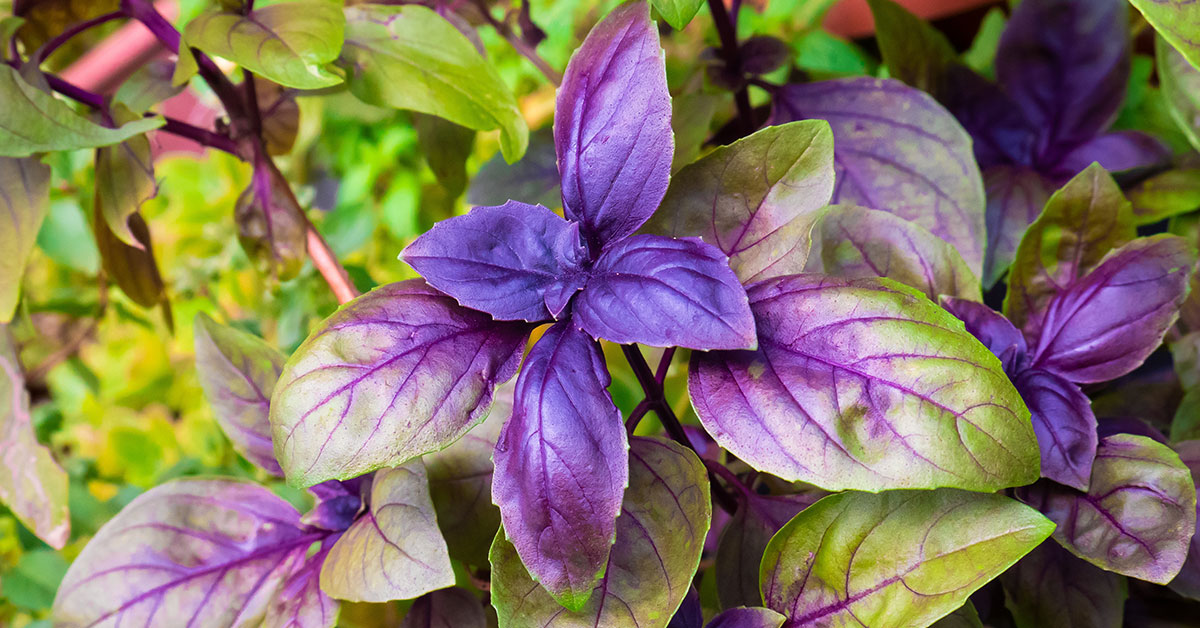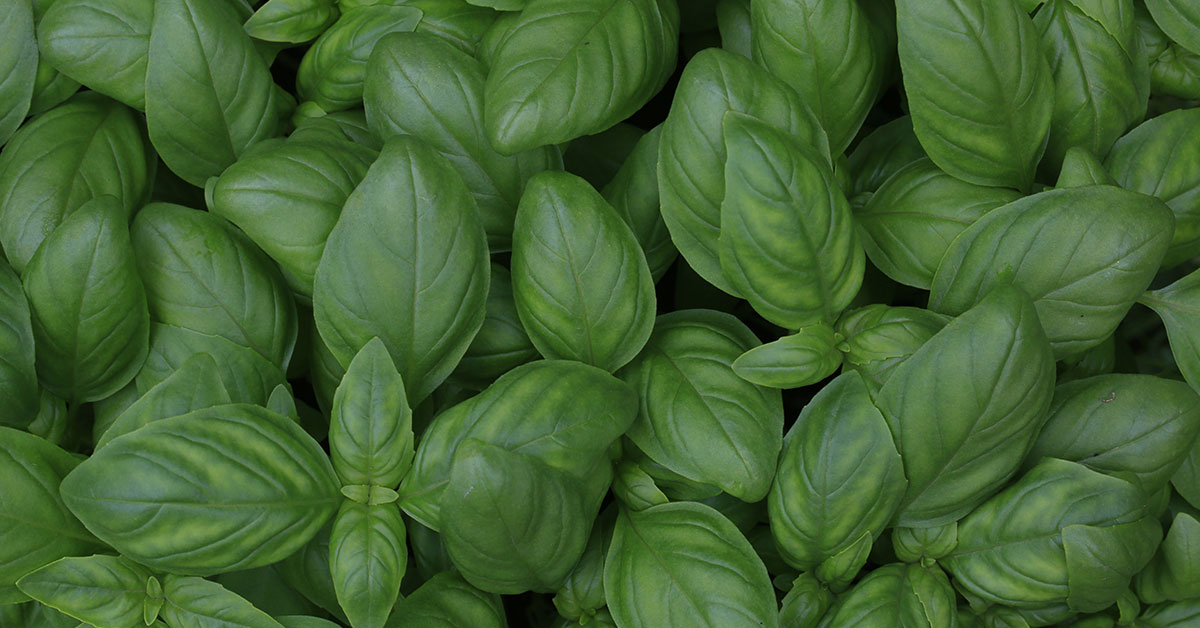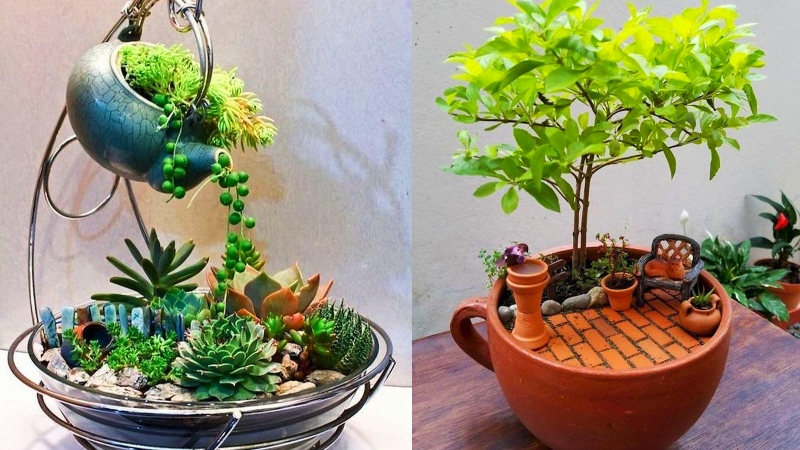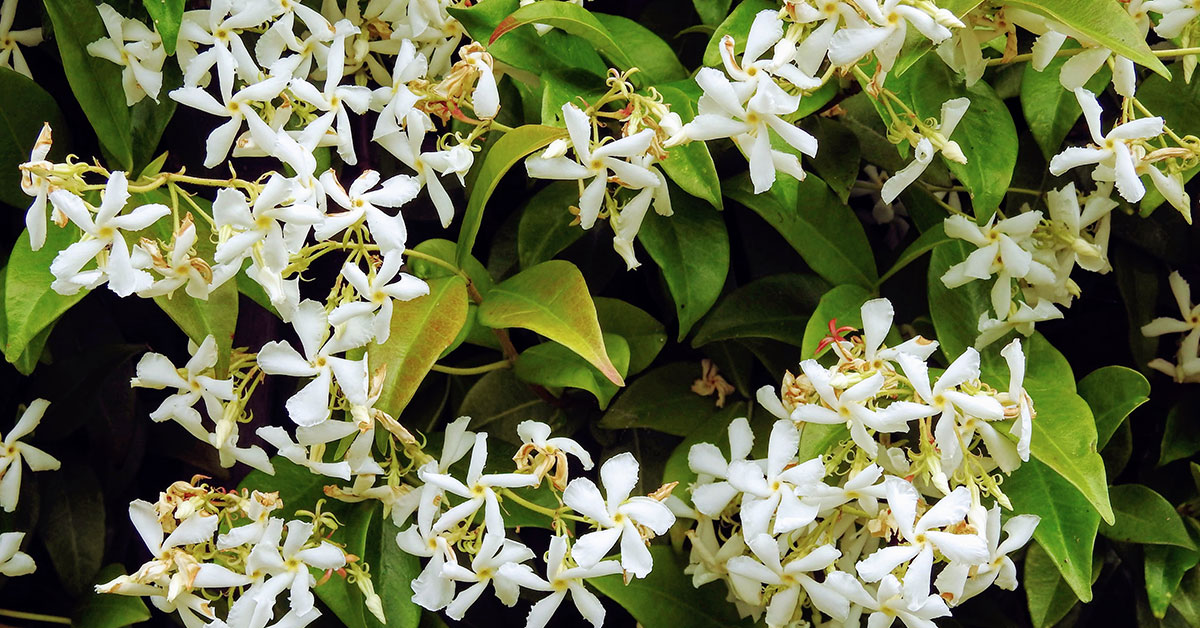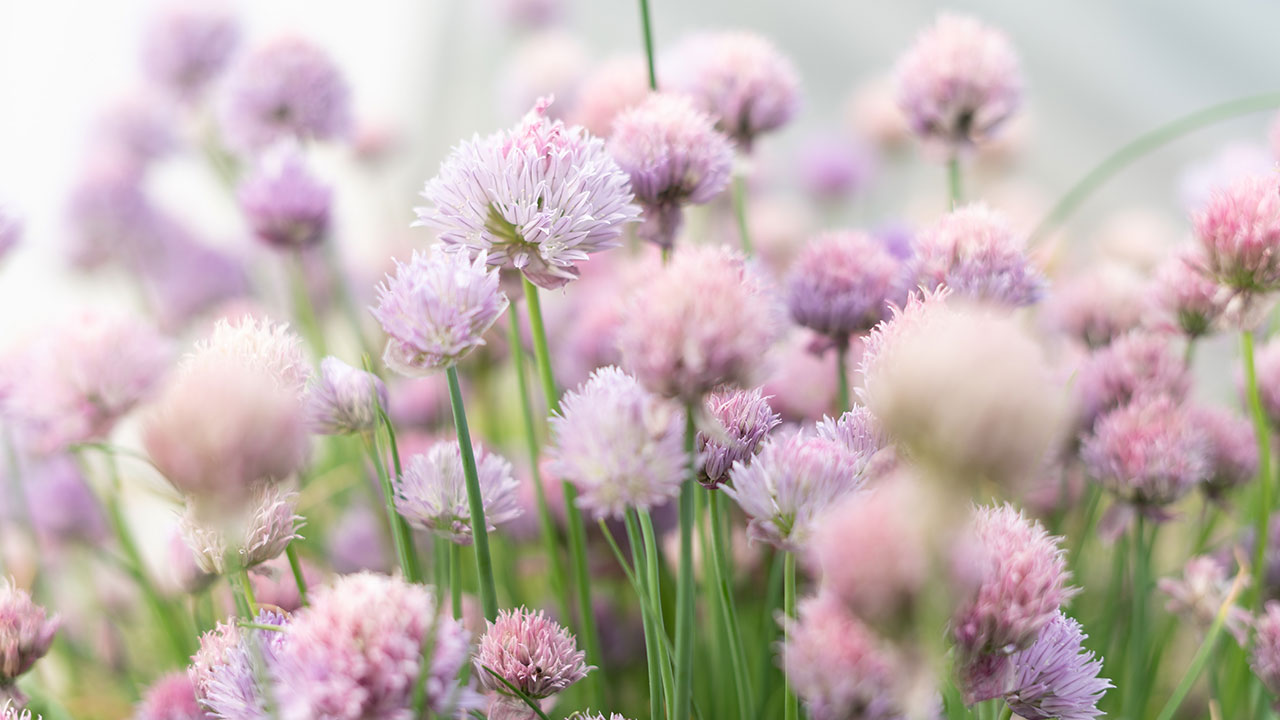Germander sage, also known as Salvia chamaedryoides, is a perennial herb that belongs to the mint family. This herb is native to Europe and Asia, and it is widely cultivated in gardens for its attractive foliage and showy blooms.
Germander sage is an excellent choice for gardeners who want to add some color and texture to their landscapes, as it offers a range of benefits, from medicinal properties to ornamental appeal. In this blog post, we will explore the various uses and benefits of Salvia chamaedryoides, as well as provide some tips for growing and maintaining this lovely herb in your own garden.
What is a germander sage?
Salvia chamaedryoides is a perennial herb that belongs to the mint family, Lamiaceae. It is native to Mexico and Southwest United States, where it grows in rocky soil and dry conditions. Germander sage is an aromatic plant with small blue flowers that bloom in the summer and a strong sage-like fragrance.
The leaves of the plant are narrow and green with a silver tint. It is a popular garden plant and is often used for its ornamental value. However, Germander sage is also known for its medicinal and culinary properties. In this blog, we will explore the various uses and benefits of this fascinating herb.
Where does germander sage grow?
Salvia chamaedryoides is a perennial herb that belongs to the Lamiaceae family. It is native to the northern regions of Mexico and the southwestern United States. This plant is known for its striking blue flowers that bloom in the summer and fall.
So, where does germander sage grow? Germander sage is adapted to arid environments and can be found growing in rocky, well-drained soils in desert regions. It thrives in full sun and can tolerate heat and drought. In its native habitat, germander sage can be found growing in rocky hillsides, canyons, and along roadsides.
Salvia chamaedryoides has become a popular ornamental plant due to its striking blue flowers and drought tolerance. It has been introduced to other regions outside of its native range, including the Mediterranean and parts of Asia. In these regions, it is commonly grown in gardens and is sometimes used for medicinal purposes.
Overall, this herb is a unique and beautiful plant that is well-suited to arid environments. If you live in a dry, sunny area and are looking for a drought-tolerant plant with stunning blue flowers, germander sage may be the perfect choice for you.
How to grow Germander Sage
Germander sage is a beautiful and aromatic plant that can add texture and color to any garden. It is a perennial herb often used in cooking and traditional medicine. Germander sage is easy to grow and requires minimal maintenance. In this section, we will discuss how to grow germander sage.
- Choose the right location: Salvia chamaedryoides thrives in a sunny location with well-draining soil. It is important to choose a spot that receives at least 6 hours of direct sunlight per day. The soil should be fertile, well-draining, and slightly alkaline.
- Planting germander sage: This herb can be grown from seeds or cuttings. If you are using seeds, sow them in the spring or fall. Cover the seeds with a thin layer of soil and keep the soil moist until they germinate. If you are using cuttings, take 4-6 inch cuttings from an existing plant and plant them in well-draining soil.
- Watering: Germander sage requires moderate watering. Water the plant deeply once a week or when the top inch of soil is dry to the touch. Avoid overwatering as it can lead to root rot.
- Fertilizing: Salvia chamaedryoides does not require frequent fertilization. You can apply a balanced fertilizer once a month during the growing season.
- Pruning: This herb benefits from regular pruning to maintain its shape and promote new growth. Prune the plant in the spring or fall, removing any dead or damaged branches.
By following these simple steps, you can grow healthy and beautiful Salvia chamaedryoides in your garden. With its lovely purple flowers and fragrant leaves, it is sure to be a showstopper.
Uses
Germander sage (Salvia chamaedryoides) is a versatile plant with several potential uses. Here are a few common applications:
- Ornamental Garden Plant: Salvia chamaedryoides is primarily grown for its attractive blue-gray foliage and striking azure blue flowers. It adds beauty and visual interest to gardens, rockeries, and borders, particularly in arid or Mediterranean-style landscapes.
- Pollinator Attractor: The vibrant flowers of germander sage act as a magnet for bees, butterflies, and other pollinators. By planting this sage variety, you can help support and sustain local pollinator populations in your garden.
- Water-Wise Landscapes: Salvia chamaedryoides is well-suited for water-wise or drought-tolerant gardens. Its ability to withstand dry conditions makes it a valuable choice for landscapes with limited water resources, as it requires minimal irrigation once established.
- Ground Cover or Border Plant: With its low-growing and spreading habit, germander sage can be used as a ground cover or as a border plant in garden beds. It forms dense, evergreen mounds that help suppress weed growth and create a cohesive, neat appearance.
- Container Planting: Germander sage is suitable for container gardening, making it a versatile option for patios, balconies, or small gardens. Its attractive foliage and vibrant flowers can add a touch of color and interest to your outdoor living spaces.
- Herb Garden Companion: While not typically used for culinary purposes like some other sage varieties, Salvia chamaedryoidescan still be a delightful addition to herb gardens. Its aromatic foliage releases a pleasant scent when brushed or crushed, providing sensory enjoyment while strolling through the garden.
- Erosion Control: Given its low-growing and spreading nature, germander sage can be utilized on slopes or areas prone to erosion. Its extensive root system helps stabilize the soil and prevent erosion while adding beauty to the landscape.
- Cut Flower Arrangements: The vibrant blue flowers of Salvia chamaedryoides can be incorporated into cut flower arrangements, adding a unique and striking element to floral displays.
Remember, while germander sage is generally considered safe, it’s always a good practice to ensure that any plant or herb is used appropriately and that you’re aware of any potential allergies or sensitivities.
